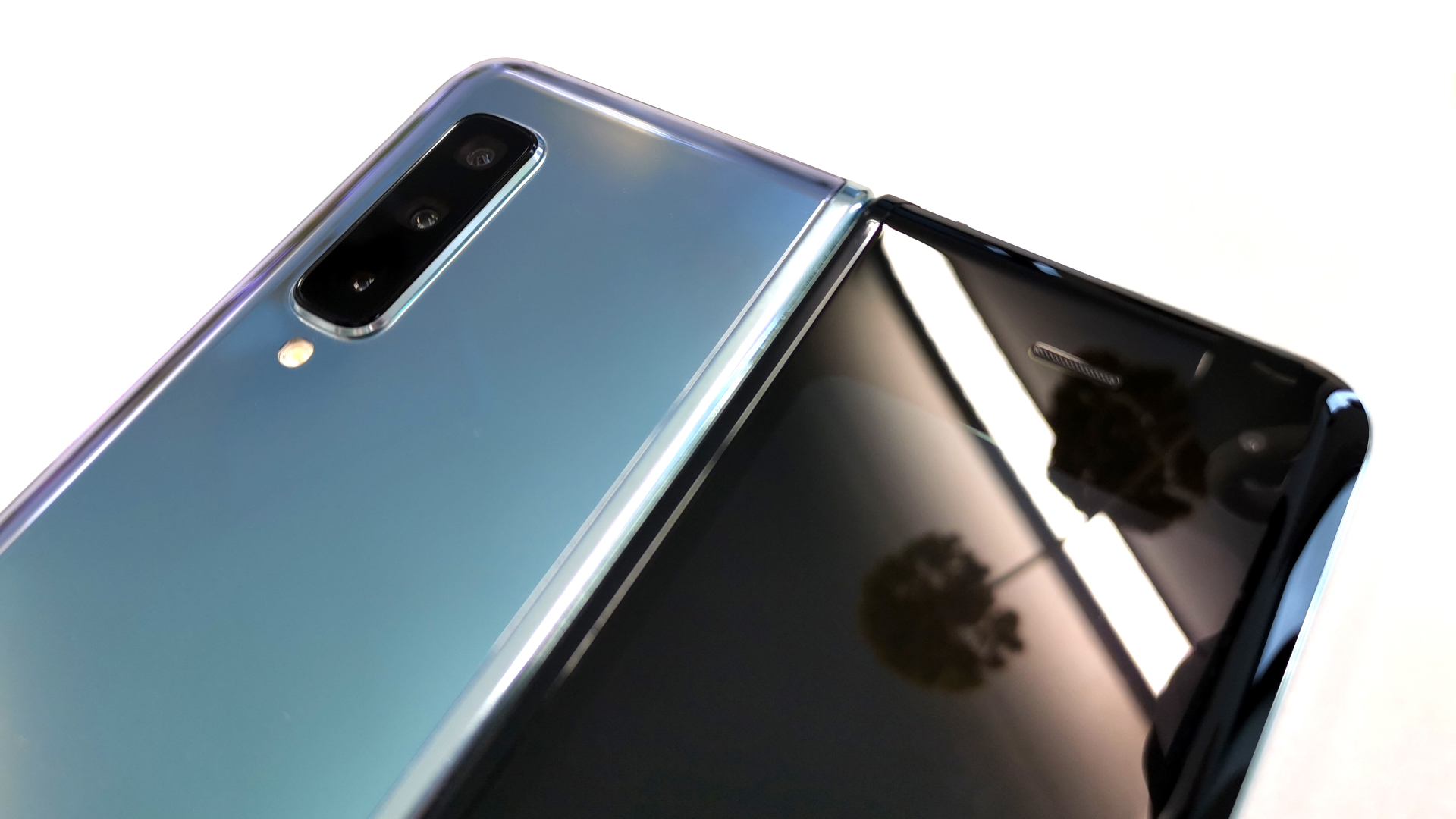Samsung Galaxy Fold 2 could have one feature to beat Huawei Mate X
The latest folding phone innovation might make the next model cheaper


With Samsung Galaxy Fold's minor teething problems out the way, we're left with one of the best equipped, most powerful 5G-capable phones on the market, pipping its main collapsible rival, the Huawei Mate X, to the post. But progress never sleeps, and Samsung is already hard at work on new tech for the Galaxy Fold 2.
- Could this be our FIRST LOOK at the Samsung Galaxy Fold 2?
- Samsung Galaxy Fold 2 unmasked ahead of its release date
A patent first discovered by Dutch-language site LetsGoDigital has been published, uncovering plans for a folding smartphone with under-screen camera technology, or USC. At present, the Samsung Galaxy Fold has five external cameras – two at the front and three at the back – and more hardware means a more expensive phone.
However, an optical sensor in the phone's casing would use a 'light sensitive region' at the front of the phone, including a lens, but the sensor would be shared between the front and back cameras 'to maintain performance even in a folded or unfolded state'.

The result? Taking a selfie through the phone's housing could be as high-quality as if you had used the front camera to do so. This innovation would also reduce the need for so many different parts in the Samsung Galaxy Fold 2, theoretically lowering the cost of the device.
Rumours persist from South Korean news agency The Bell that the Galaxy Fold 2 will release in April at a lower price point. If the new technology is included, it could be one of the ways Samsung is preparing to cut the costs, creating a more elegant, simpler phone in the process.
Liked this?
Get all the latest news, reviews, deals and buying guides on gorgeous tech, home and active products from the T3 experts

Matt Evans now works for T3.com sister brand TechRadar, covering all things relating to fitness and wellness. He came to T3.com as staff writer before moving on, and was previously on Men's Health, and slightly counterintuitively, a website devoted to the consumption of Scotch whiskey. In his free time, he could often be found with his nose in a book until he discovered the Kindle.